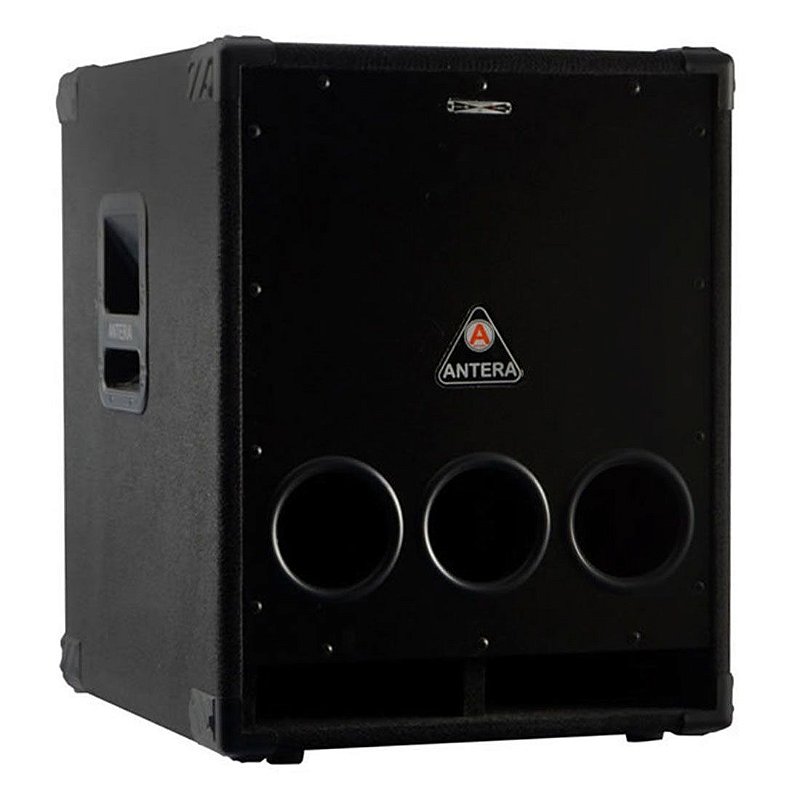Table of Content
You sit down to relax and listen but notice something is off. A conspicuous, persistent hum emanates from the subwoofer, and it shows no signs of going away. Check the surrounding structures to find the problems of your amplifier. You can demolish the humming sound by replacing the capacitors.

More often than not humming and buzzing through your speakers is caused by a grounding problem. There are three main ground problems that cause problems in an audio / video system. These are ground loops, improper grounding and lack of a ground altogether. The other possible culprits that can cause noise are bad cables, a faulty piece of equipment or electrical noise from a lighting dimmer or electric motor.
Subwoofer Hum
In some situations, changing the polarity of your connections may not end the problem, hence consider a reversal of other plugs. Normally, 50 or 60Hz hum is due to power supply leakage into the subwoofer’s amplifier. This may occur due to a problem with the amplifier itself. It is often brought up by power surges that destroy the amplifier. Mostly the cause of these problems is capacitors in the amplifier or power supply which are not damaged. This is probably the most straightforward fix to try because all it involves is reversing the power plug's orientation.
If the above attempts have failed to resolve your problems, it's time to broaden the search. While subwoofer hum can often be isolated to the sub and its immediate link to a receiver, another distinct possibility is that the hum is getting into the audio stream further upstream. Induced hum, internal electrical defects, and ground loops can occur anywhere in the system. The alternating current outlets are those electric portals that supply electric signals to multiple devices. In few cases, only the power cord of the subwoofer connects in these portals.
Mixing of electric wires of home theater subwoofer
In case of any complicated challenge, it would be of help if you consult an expert to guide. After you have exhausted the option above and still the humming sound is there, then you need to replace your amplifier altogether. However, you can also check if the components share a common source.
The SVS SB-3000 subwoofer is a high-end addition to any setup that is better than the SVS SB 1000 Pro. It’s a good addition to a stereo system but can also integrate into a five-channel (5.1) home theater speaker configuration. The Klipsch R-100SW front-firing subwoofer carries on a more than 75-year tradition of intelligent, thoughtful design. Check out our list of the top subwoofers for a home theater system.
How to Fix Subwoofer Hum
It may be necessary to use an extension cord to reach a wall outlet that is separate from the rest of the stereo system. You can use an isolation transformer, similar to the type used for cable TV ground problems, to eliminate the electrical connection from one component to the other. These transformers are inserted in line with the audio signal connection between the two components. If there is no audio connection between the components, the problem may be current flowing through the video portion. In this case, a video isolation transformer should be used to eliminate the ground loop.
It becomes a fighting situation, and more resistance develops inside the machinery. It generates an unnecessary and passive sound in your subwoofer. Negligence in the installation of the plug-in leads to opposite insertion. As a result, the position of the plug changes, and internal information varies.
LC-1 Audio Cable, stripped to show double braid shieldingShielding, too, plays a role in dealing with induced noise. But it isn't necessary to connect the grounds on both sides, and when this connection is omitted, we get an "isolation" transformer which isolates ground on one side from ground on the other. Now, there's no path through which current can flow to resolve the difference in ground potential between the two devices, and voila! During troubleshooting, if you realize that audio and power cables are clustered, this could have been caused by a subwoofer hum. The proximity can make the signals mix up hence causing the humming. In this case, you should increase the space in which the fields that the currents move don’t interfere with each other hence fixing the noise.

I have the same problem hooking a stereo line-out cable from my pc's sound card to my receiver. Lifewire EV EVs have been around a long time but are quickly gaining speed in the automotive industry. Learn how the long-coming and inevitable shift to electric impacts you. Decide on the issue by checking all the surrounding problems. The repair may cost you few dollars, but the resolving strategy is worth the money.
Additionally, you can adjust the phasing to get the most balanced sound profile and make sure your speakers and subwoofer sound are in sync and not competing with each other during playback. The main thing to remember is this is a down-firing subwoofer. It requires a bit of placement magic to deliver the goods. For example, thick carpet underneath will absorb its powerful bass. SLIM HOME THEATER POWERED SUBWOOFER - Standard RCA inputs easily connect to your home theater receivers... The back panel allows for nuanced settings and compatibility with most sound systems.

You can solve most noise problems in your home theater or multi room audio/video system by taking the systematic, step-by-step approach. Work your way up the signal chain, eliminating each piece of equipment as you go. If you have nothing connected to your speakers except the speaker wiring, and they still hum, the problem is noise induced into the speaker wiring from adjacent power cables. Other than that case, most problems are caused by ground problems, which you can find, and solve, if you take it one step at a time.
Either way, you can correct the situation without resorting to filtering out the noise, which also strips out audio signals. Usually, all it takes is a change in the way the subwoofer connects to power. The amplifier also damages due to changed setting conditions and alternative port connectivity. In addition, the resistance and high voltage of electric current can generate issues of a home theater amplifier. The leakage of the power supply occurs in the linked devices of the subwoofer.

No comments:
Post a Comment